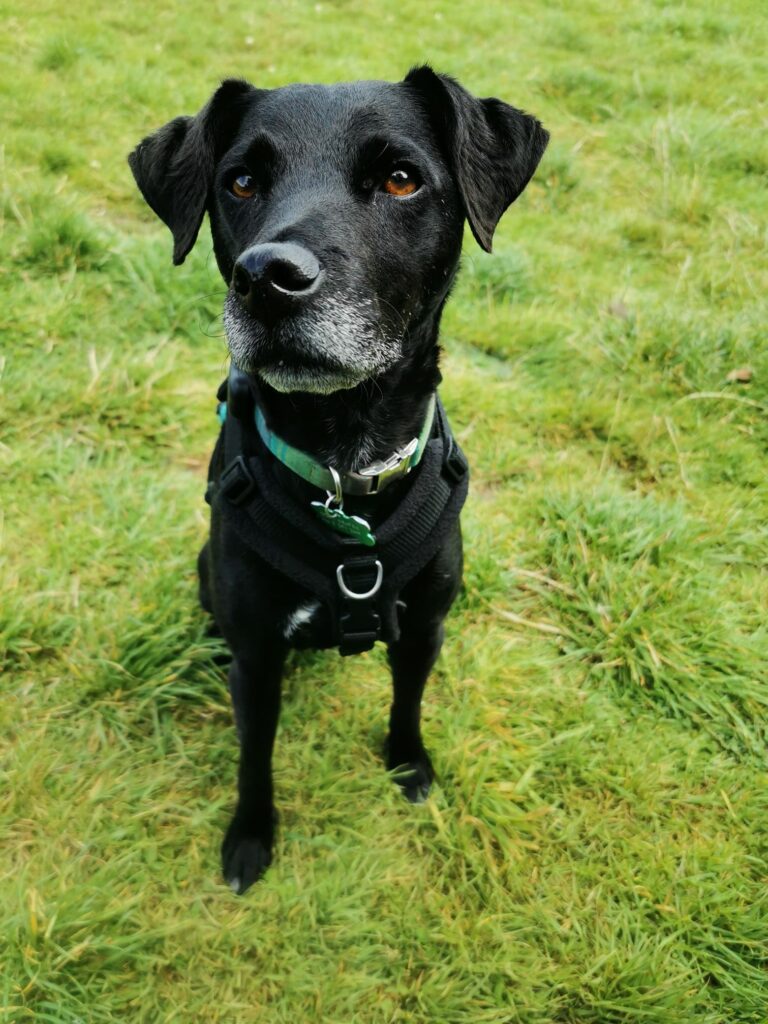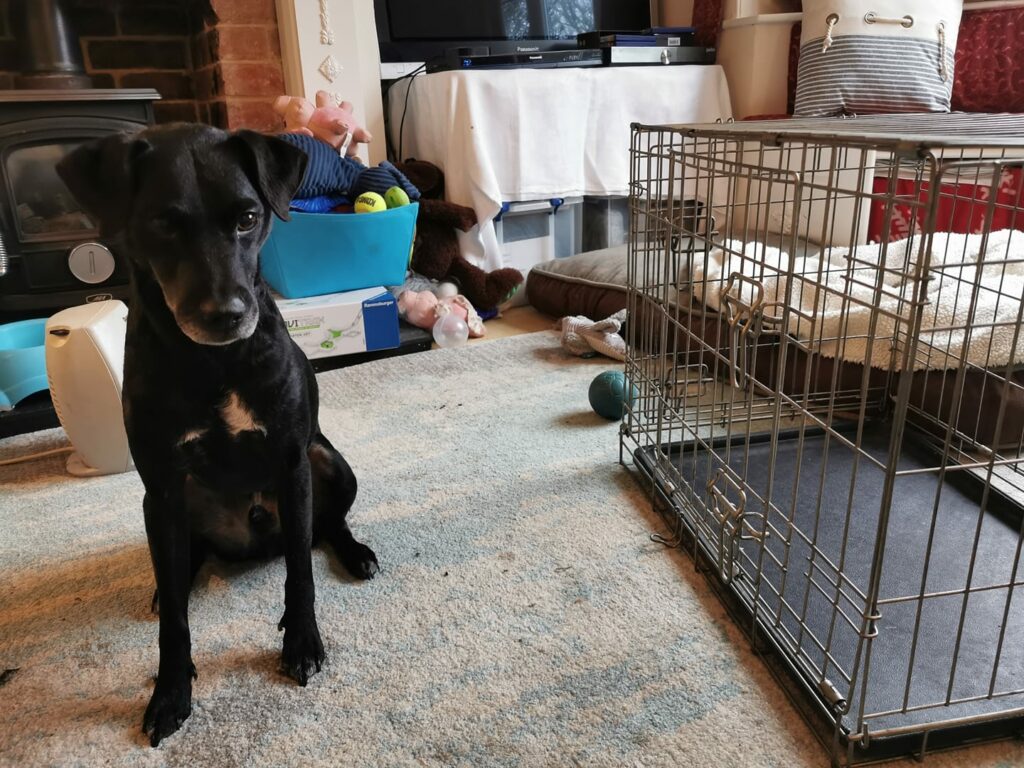Often training a dog takes time. Depending on the skill or behaviour being taught, it can take an awful lot of time. It’s important to keep this in mind when training, especially if you’re beginning to feel disheartened or that your dog isn’t making progress as quickly as you had hoped. Personally, I’m not one to just train one thing at a time and quite often find myself disappointed at the lack of progress I’ve made in the things I’m working on with my dogs.
Bringing Timon into the house just over a year ago has let me see how much a year of consistent training can make a difference for a dog. Despite thinking I hadn’t achieved many of my goals with him I somehow managed to achieve some, fall behind on a few and, surprisingly, completely smashed a few that I didn’t even realise I had. The extent of Timon’s training when he came to us was sit and a somewhat decent recall, along with a rather intense fear of the vets. His training now has extended to over ten tricks, sit, down, stay, wait, loose lead walking, a solid recall, send aways, and a love of the vet’s car park and examination rooms (even happily doing tricks on the table!). There are still things that need to be worked on, and I wouldn’t describe all of his behaviours as perfect but looking back on what we achieved in one year makes me hopeful for the progress he’ll have made by this time next year.
Here are some tips on how to achieve a similar level of success with your dog over the course of this year.

1. Get your goals organised
Write down everything that you would like your dog to learn, give it a name and a definition (e.g. Sit – put bottom on ground and look at me). Include problem behaviours that are going to take slightly more work (e.g. Behavioural modification – get Timon happily examined by someone working for the vets). Finally, include any behaviours you’d like to tweak a little bit (e.g. Send aways – Teach Pumba to listen to the command being asked rather than assuming being sent to the mat means he has to lay down).
Having listed all of the behaviours you’d like to work on, start to prioritise. I tend to place more value on behaviours that will affect my day-to-day life with the dog, things like loose lead walking and behavioural modification. Given that I work on loads of things I tend to have a list of behaviours that I’m teaching purely for fun, I work these in during intense training sessions to take the pressure off and make progress on something easy that doesn’t really matter if it goes wrong.
If one of your goals is to train a complicated behaviour that has multiple levels of complexity then remember the quickest way to eat an elephant is in small pieces! Break behaviours down as much as you can when you list them out. This helps you to teach the behaviour more effectively as you’ve split the behaviour down into easily rewardable stages rather than a complex chain of stages that are difficult for the dog to understand. Breaking behaviours down gives you a higher sense of achievement which makes training what it should be – fun!
2. Get the right motivation
Before you start training make sure you’ve got the right motivators, for both you and your dog. For easier behaviours, low value treats like your dog’s daily food are appropriate rewards. However, bear in mind that if the thing you’re training is something that you want to tweak or requires intensity and drive then reinforcers in the form of toys and higher value rewards may be more appropriate.
If the human half of the training duo needs some motivation, write a list of all the reasons it’s helpful and you want to train it and stick it up somewhere that you’ll see every day. Find a team that can successfully do whatever it is you’re training, watch them working on it before you train so you remind yourself exactly what you’re training. With this in mind, video yourself training. This not only allows you to review your body language and training technique, view how your dog responds to your body language from a different viewpoint but also allows you to track your progress over time.
3. Track your progress
If you still need help motivating yourself to train, try tracking your progress. This can be done in a variety of ways and is quite a personal thing, some people prefer cute colours and stickers whereas some are happy with a calendar and some ticks or crosses. I tend to lean towards the cute and colourful but it can be toned down for those who simply need functional.
I always have a monthly tracker so that I can see long term progress at a quick glance. I tend to write a key with all the behaviours I’m teaching in different colours. I use these colours to mark the calendar with a tick for progress/good work, a line for no progress made but otherwise good work, a cross for bad work or having to go back a stage in training and a question mark if I feel the way I’m approaching the task needs to be re-evaluated. Over each month you should see a general increase in ticks for each behaviour, if not then at the end of the month it’s time to re-evaluate your approach and tone up your training.
For a more detailed way to track I have daily logs that correlate to the monthly one. This has written details about what time, where and how the training of each behaviour was carried out. I describe details on the number of repetitions, sets, the reinforcement(s) I used and write a brief timeline of the training session so that I can see if any behaviours before or after the focus behaviour impact the performance of the focus behaviour. I also note any body language that suggests there are underlying emotional issues with the behaviour I’m asking for.
An important thing to note is what your own body was doing in relation to the task in hand as this might be making your dog uncomfortable or change the way their body is working as a result of what your body is doing. This is incredibly helpful with identifying why a dog is doing a behaviour but is struggling to tone it up or sit straight for example.

Have you and your dog progressed over the last year? Let us know how you’ve gotten on in the comments!
